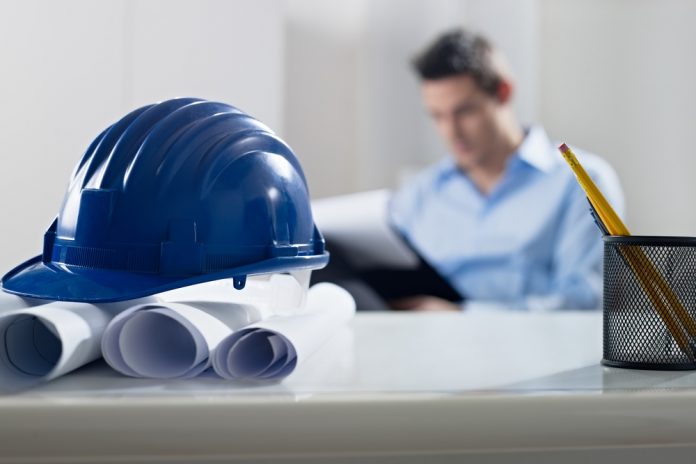The engineering and construction industry has been one of the most innovative industries in recent years. Imagine what a construction site would be like without all the heavy equipment. Workers would need to cut boards by hand, and power drilling tools have made so many things easier or possible. Without elevators, buildings would only be a few stories tall.
There is much construction that wouldn’t be possible if it weren’t for new technological advancements. Also, planning and executing projects would be very difficult and time-consuming. Advancements in technology such as 3D printed homes, augmented and virtual reality, telematics, connected buildings and the use of artificial intelligence have opened new vistas for the construction industry.
How can you build your next office space using technological advancements?
There are some people who hate going to work, and if it were possible for them to work while still in bed, they would be the happiest employee. You will find that most of the negative attitudes about work can be attributed to the setting of the office space.
What would your dream office space look like? Here is how you can build your next office using modern construction technology.
#1. 3D printed offices
The world’s first 3D printed office is found in Dubai. It was printed in 17 days and constructed in 48 hours. This was tremendously faster than the traditional method of construction. It cut labor and building costs by 50%.
What are 3D printed homes or offices? 3D printing first began in the early 1980s. In the construction industry, 3D printing involves spraying concrete using large 3D printers. Unlike standard 3D printing, the process in construction requires a lot of material, and largely depends on the weather.
Although it does have some challenges, like finding skilled labor that can care for the printer, it could be one option to consider when you build your next office. It will not only help cut labor and building costs, but it will reduce the amount of construction time.
#2. Pole barn construction
If you have looked into the options of building your next office, then you may have come across a pole barn option for building. Consider Sherman Pole Barn homes, for many unique designs. This building technique was adopted in the late 1930s after the Great Depression. Here are a few reasons why you should consider this option.
- It is easy to establish a foundation because all you need are poles and concrete in each footer. The poles are sunk several feet into the ground.
- It requires less material; thus it is less expensive.
- It is most effective in terms of labor.
- The wide spaces of pole barn construction are perfect for insulation because there are fewer thermal breaks. Moreover, the poles naturally allow ventilation, thus creating a conducive natural space.
#3. Robot building construction
Imagine robots building your next office space! You have to admit even the thought of it is very interesting. One of the most famous robots in the construction industry is SAM (semi-autonomous mason). The robot was developed by Construction Robotics in the US, and it has been part of many projects to lay bricks.
Many people are interested in robots doing construction due to the following advantages:
-
- Robots are more accurate than humans.
- They can work 24/7 in any condition compared to humans.
- Robots can be designed for specialized construction jobs such as working in dark, airless spaces.
- They eliminate potential risks and damages.
However, current construction robots are only in the initial stage. There is still a lot of work which needs to be done, although many companies are keeping an eye on this for the future. Critics believe that if you wish to walk into an office which has been built entirely by robots, it might not be until 2040. But don’t lose hope; you can still use the office construction methods which are available.
Let us know what you think about these ways of building your next office space. Would you consider any of them?
Find a Home-Based Business to Start-Up >>> Hundreds of Business Listings.















































